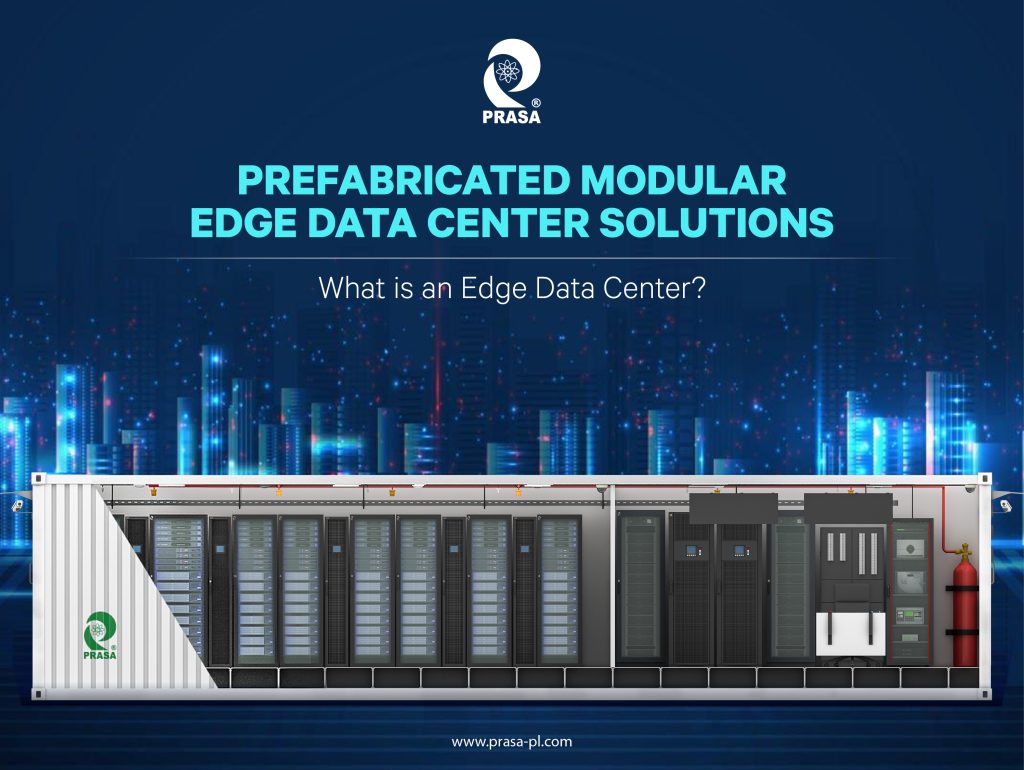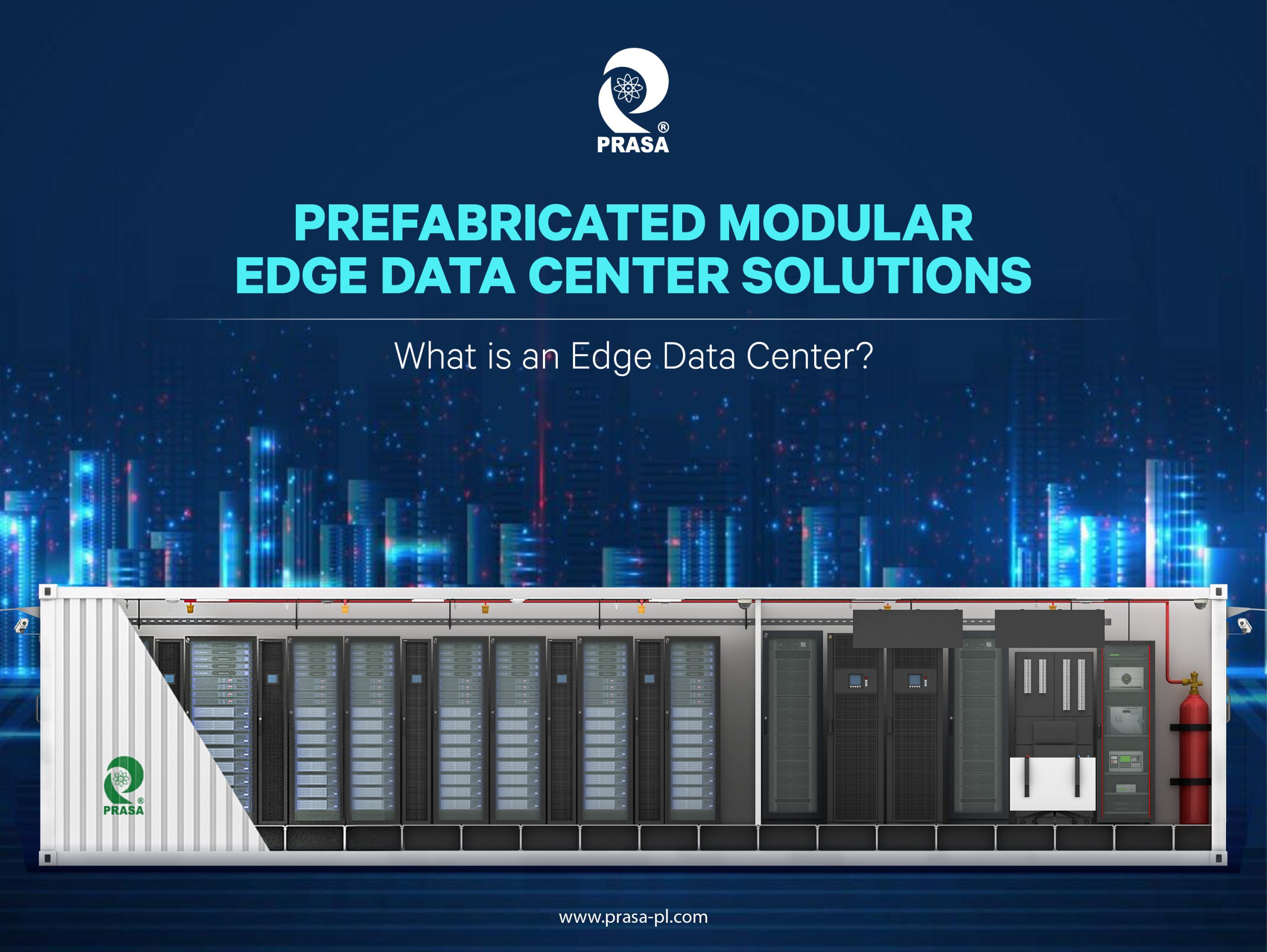
In today’s interconnected world, where data is generated at an unprecedented rate, businesses and organizations are constantly striving to stay ahead of the curve. The need for fast, reliable, and efficient data processing has led to the emergence of a groundbreaking solution: Edge Data Centers.
🌐 What is an Edge Datacenter?
An edge datacenter, also known as an edge computing datacenter or simply an edge center, is a type of datacenter that is located closer to the end-users or devices generating or consuming data. Unlike traditional datacenters that are typically centralized in large facilities, edge datacenters are strategically distributed at the network edge, closer to the point of data generation or consumption.
Traditionally, data centers were large, centralized facilities designed to house massive amounts of data and computing infrastructure. However, with the exponential growth of data and the rise of technologies like the Internet of Things (IoT), cloud computing, and edge computing, the traditional approach is facing new challenges.
Edge Data Centers represent a paradigm shift in the world of data management. They bring computing resources closer to the point of data generation, enabling faster processing, reduced latency, and enhanced user experiences. By strategically placing these data centers at the edge of the network, closer to the end-users or data sources, businesses can unlock a world of possibilities.
Key Features of Edge Data Center Solutions
✅ Low Latency: Edge Data Centers significantly reduce latency by processing data closer to its source. This is particularly crucial for applications that require real-time responsiveness, such as autonomous vehicles, virtual reality, and remote healthcare.
✅ Scalability: With the rapid growth of data, scalability becomes a critical factor. Edge Data Center Solutions offer flexible scalability options, allowing businesses to adapt to changing demands without compromising performance.
✅ Reliability: Edge Data Centers are designed with redundancy and failover mechanisms, ensuring high availability and reliability. These facilities are equipped with backup power systems, multiple network connections, and advanced security measures to safeguard critical data.
✅ Cost-Effective: By distributing computing resources strategically, New Edge Data Center Solutions can optimize costs associated with data transmission and storage. Companies can reduce bandwidth expenses, minimize data transfer times, and achieve cost savings in the long run.
Benefits and Applications of New Edge Data Centers
The advantages of Edge Data Centers extend across various industries and applications. From autonomous vehicles that require split-second decision-making to smart cities managing vast amounts of sensor data, here are just a few examples:
🏭 Manufacturing: Edge Data Centers enable real-time monitoring and control of factory operations, facilitating predictive maintenance, improving efficiency, and ensuring seamless production processes.
🏥 Healthcare: With the ability to process patient data at the edge, New Edge Data Centers empower healthcare providers with telemedicine capabilities, remote patient monitoring, and quick access to critical medical information.
🌐 Smart Cities: By leveraging Edge Data Centers, cities can efficiently manage IoT devices, optimize traffic flow, monitor air quality, and enhance public safety through intelligent video analytics.
📈 Financial Services: High-frequency trading, fraud detection, and personalized banking experiences are some of the applications where New Edge Data Centers can provide the speed, security, and reliability needed for success. This is just the beginning of our journey into the realm of New Edge Data Center Solutions.
Stay tuned for the next post in the series! If you have any specific questions or topics, you’d like us to cover, feel free to leave a comment below. Let’s explore the fascinating world of Edge Data Center Solutions together!

